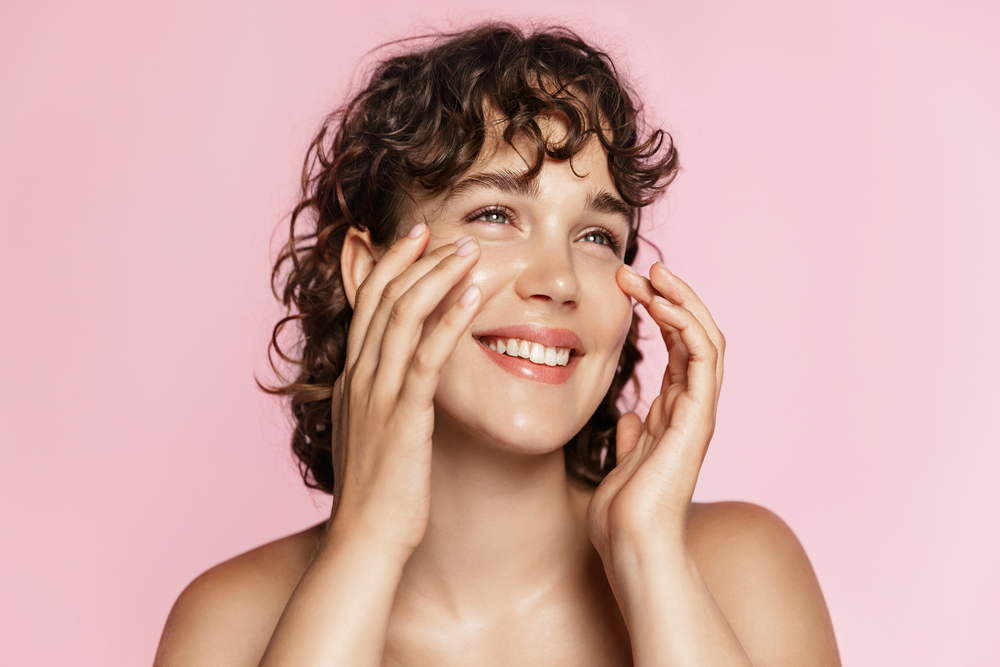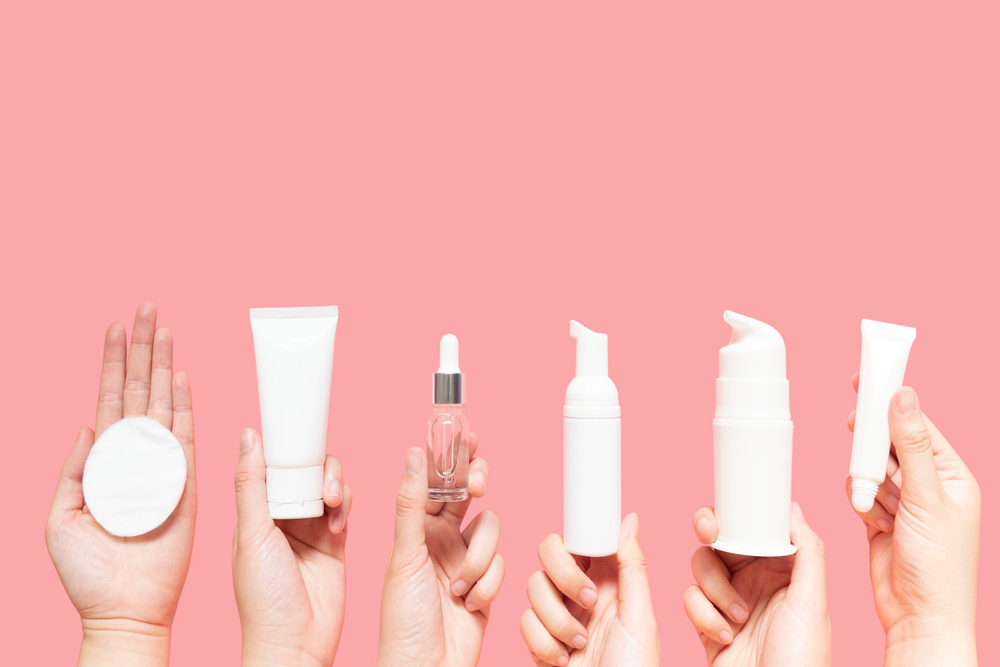
Nowadays, skincare serums are increasingly popular, and for a good reason. They are concentrated formulations that deliver powerful ingredients directly to the skin, targeting specific concerns such as wrinkles, acne, or hyperpigmentation.
But, with so many different serums on the market, it can be confusing to know how many you can use at once.
This topic is important because using too many serums can overload the skin, leading to irritation, dryness, or even breakouts. On the other hand, using a few may not deliver the desired results. Therefore, how many serums can you use at once?
This article will reveal the perfect ratio of face serums and provide tips for optimizing your skincare routine.
How Many Serums Can You Use at Once
The number of serums you can use at once depends on the specific products and their ingredients, but usually, there is one rule regarding face serums – embrace quality over quantity.
Generally, it is recommended to limit the number of serums you use to no more than two or three at a time to avoid damaging your skin with too many active ingredients.
Can you use more than three serums at once?
Using more than three different face serums at once is usually unnecessary. If there is no particular need, using multiple serums simultaneously can overwhelm your skin and lead to irritation, breakouts, or other adverse effects.
If you do choose to use multiple serums, it’s recommended to start with the thinnest and lightest consistency serum and apply it first, followed by thicker and heavier ones.
Skincare rule: less is more!
The saying “less is more” can often be true regarding face serums. Overusing serums can lead to a buildup of products on the skin’s surface, preventing other products, like moisturizers and sunscreen, from absorbing properly.
Serum Cocktailing: Yes or No?
Serum cocktailing is a term used in skincare that refers to mixing different serums or other skin care products to create a customized blend that addresses specific skin concerns.
Combining different active ingredients in a single product might enhance their benefits and target multiple skin concerns at once.
To avoid unwanted side effects, you need to choose products that are compatible with each other and have similar textures to ensure that they blend well.
Serum ingredients that don’t mix
When creating a skincare routine, it’s important to know which ingredients in serums to avoid mixing to prevent any potential negative reactions on the skin.
Here are some common face serum ingredients that don’t mix well:
Vitamin C and retinol
Vitamin C and retinol are potent ingredients that should not be combined as they can cancel each other out and cause skin irritation.
Benzoyl peroxide and Alpha hydroxy acids (AHAs)
These two can cause excessive dryness and irritation, leading to redness and peeling.
Niacinamide and vitamin C
These two ingredients can react and form niacin, which can cause flushing, redness, and skin irritation.
Retinol and Salicylic acid
When you use retinol and salicylic acid together, your skin is prone to excessive dryness and irritation.
AHAs and BHAs
Using these two exfoliants together can be too harsh on the skin and cause redness and irritation on the skin.
Vitamin C and AHAs
Stay aware of combining vitamin C and AHAs because they can make the skin more susceptible to sun damage, which can lead to hyperpigmentation.
Please pay attention to the ingredients in your skincare products and how they interact. To save you time on reading labels, the SkinMedica® TNS Advanced+ Serum® is exactly what we look for in a serum.
What’s and How’s on Layering Serums
Now that you know how many serums can you use at once, you may consider adding another product to your routine. Using more than one serum or layering them on your face can be a great way to target multiple skin concerns simultaneously.
Below you’ll find some tips and tricks on how to layer face serums.
Start with a clean face
Make sure to cleanse your face before applying any serums. This will help the serums penetrate better into your skin.
Apply thinnest to thickest
As a general rule, apply the thinnest serum first and work to the thickest. This will help each serum absorb into your skin properly.
Wait between layers
Allow each serum to absorb fully into your skin before applying the next one. This will help prevent the serums from pilling or balling up on your skin.
Consider your skin concerns
If you have multiple skin concerns, choose serums targeting each issue. For example, if you have dry skin and hyperpigmentation, apply a hydrating serum followed by a brightening serum.
Use a moisturizer last
Once you’ve applied all your serums, finish with a moisturizer to seal all the goodness.
Here’s an example of how you could layer your serums:
- Vitamin C serum (thinnest)
- Hydrating serum
- Retinol serum (thickest)
- Moisturizer (last step).
You can upgrade your skincare routine like a pro with a basic knowledge of serum ingredients and appliances.
Final Thoughts
While it is generally safe to use multiple serums, avoiding overloading your skin with too many active ingredients at once is important, as this can lead to irritation or other adverse reactions. So, how many serums can you use at once?
It is recommended to start with a single serum and gradually introduce additional ones while monitoring how your skin responds.
There is a general rule of using no more than three serums at once. When layering, start with the one of thinnest consistency and end with the thickest.
Also, try to learn the basics of which ingredients in serums you shouldn’t combine, and start reading the labels before you decide to add another serum into your skincare routine.

